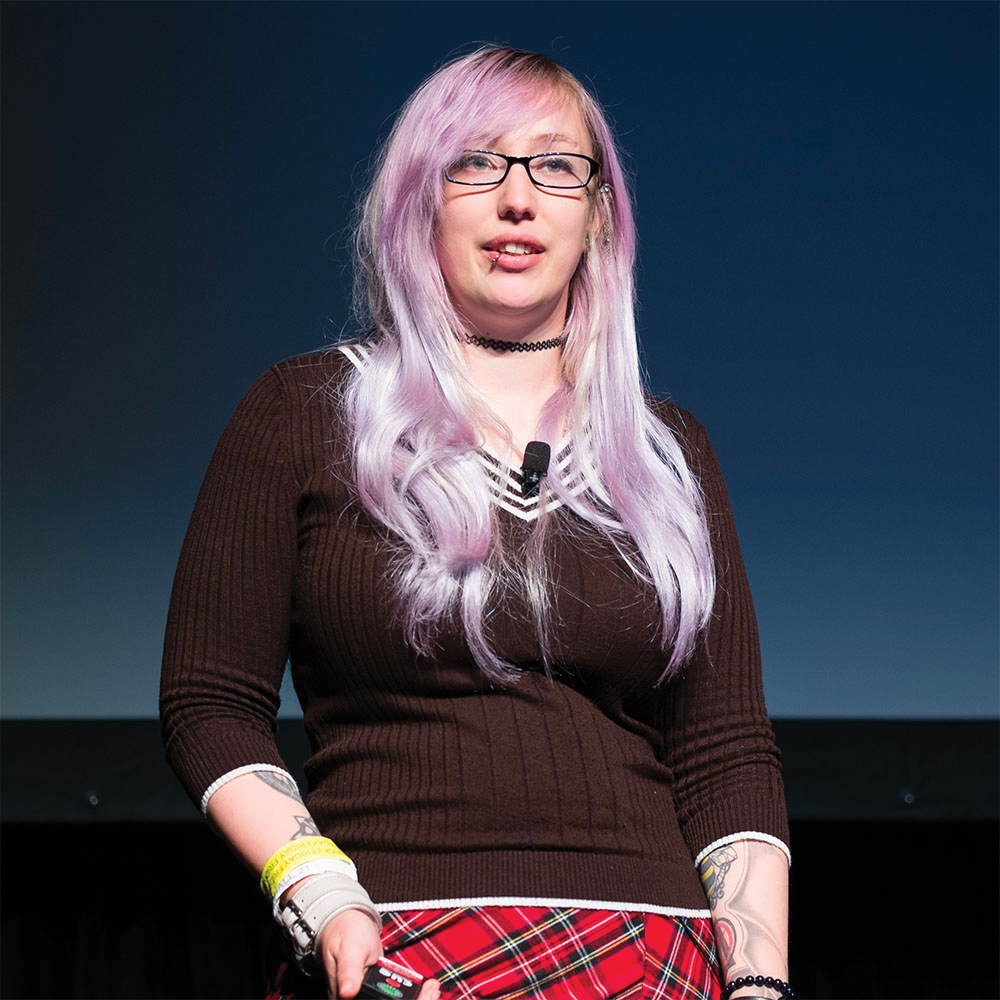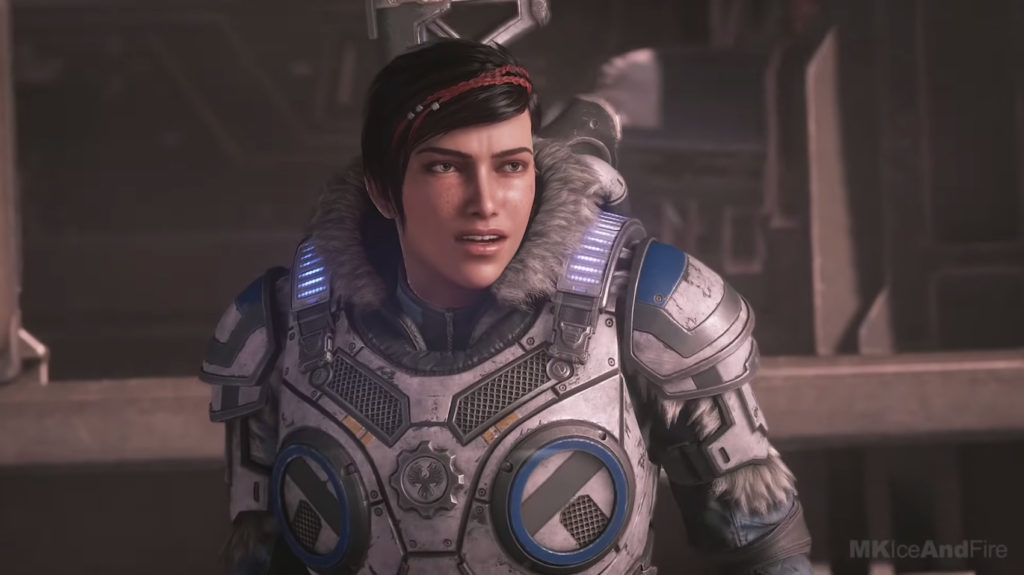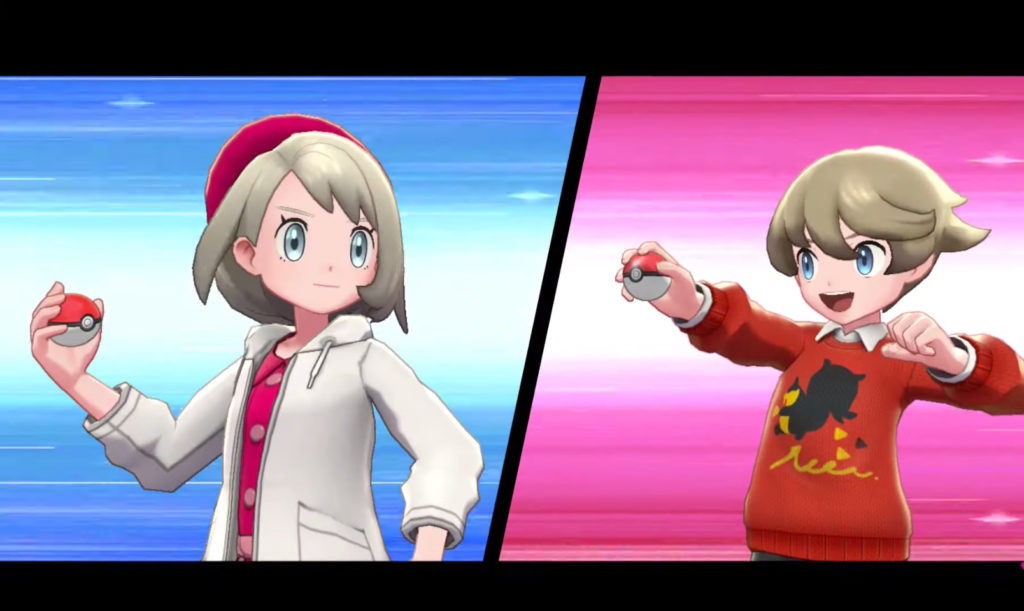By Kelvin Tran
Since the Gamergate Controversy of 2014, the Me Too movement has shown that many of the same problems exist. Gamergate was coined at a time when members of the gamer community were looking for greater inclusion. At the time people like Zoe Quinn, Anita Sarkeesian and several other developers and activists faced aggressive, misogynistic backlash.
In 2019, more women were coming forward and allege sexual assault/abuse against other video game developers and employees.
Gamergate started with game developer Zoe Quinn, who was accused by her ex-boyfriend Eron Gjoni in a blog post of sleeping with a reporter for Kotaku to get a good review on her new game Depression Quest. A link to the blog post was posted on 4chan, an online imageboard, leading to coordinated harassment by internet trolls. Other game developers and feminist bloggers were targeted as well and the whole affair caught the attention of the mainstream media, eventually being known as Gamergate.
During the last weeks of August, Quinn accused indie game developer Alex Holowka of sexual abuse. Holowka took his own life two days later, prompting massive backlash against Quinn, with many accusing her of murder. Quinn’s Twitter account was deleted and then brought back under lockdown.

Me Too, a movement founded in 2006 to help survivors of sexual violence gained widespread attention in 2017 with the case of Harvey Weinstein, and has led to others being exposed. The effects of the movement are now being felt in the gaming industry, which may lead to changes on future game development.
“With the Me Too movement, I mean a lot of that is [started] in the entertainment industry along with a lot of other things that have come out in the past year. And, I think when it comes to games, there’s a weird disconnect between male and female. Where having a lot of males in the video game space, and even animation, sort of objectify women to a very large degree,” Michael Wong, interim program coordinator of game art at Centennial College, says.
Associate professor of Game Design at Northeastern University, Celia Pearce, says the bigger issue is the culture surrounding women in games, rather than workplace policies. Pearce worked on International Game Developers Association’s (IGDA) Developer Satisfaction survey in 2014 and found that most employees did not know if their workplace had a sexual harassment policy.
“What I took away from that is that it doesn’t matter if you have a policy. If you don’t fill in your workers, enforce the policy, it really doesn’t make any difference. And to me, it kind of changed my perspective because I realized a lot of people have policies, but the policies are not doing anything because nobody knows about them,” Pearce says.
A 2017 report by the Government of Canada showed that 60 per cent of respondents to their online survey experienced sexual harassment in the workplace, but 94 per cent of those respondents are female. When asked how women in the workplace should deal with sexual harassment or assault, Wong says companies should give everyone, whether male or female, the benefit of the doubt before they take major action.
“You can easily put an employee on leave and say ‘hey you’re going to take a break for a little while the court process goes through, or until we receive further information, and go from there,’” he says. “I think that’s probably the most professional way to go about it because look, again you don’t know the facts as the employer necessarily right? Unless you do know the facts, so you have to give everyone the opportunity to speak, and then have the proof in front of you, and then you make a decision from there.”
Pearce has a different perspective on the matter, she says that we need to disabuse ourselves of the myth that women might be falsely reporting assault to fuel some hidden agenda.
“Because there is no benefit for women to report sexual assault, at all. First of all, the minute you report sexual assault, you become subject to humiliation. You’re usually treated as the perpetrator even though you’re the victim, and as we know from many, many, many stories that are out there. I was speaking with someone earlier today about Christine Blasey Ford from the Kavanaugh hearings, women who report sexual assault, are usually threatened for their lives, their families are threatened. I know many women in the game industry who’ve had to go into hiding due to threats of physical violence, and sexual assault, because they came out for a sexual assault charge,” says Pearce.

Me Too has shined a glaring light on the hidden issues in many industries, with the gaming industry next on the line.
“I think the issue is really a more broad issue of having to do with culture, and I don’t think that rules and policies are going to solve the problem. I think what we need to do is address some of the larger issues of the culture of game development. And I think that this problem pervades both the way games are made and also in the culture of players,” she says.
Pearce refers to journalist and author Leigh Alexander in her 2014 Gamasutra article ‘Gamers’ don’t have to be your audience. ‘Gamers’ are over, where she talks about the failure of the games industry to curate culture.
“You can see this in every aspect of the Me Too movement even outside of games. If there is a pervasive culture of derogation of women, and harassment of women and sexual abuse, no amount of laws, or policies or good intentions is going to fix that,” she says .
Video games have been around for decades now and the culture surrounding it has long been established in among game developers and players. But what are some of the things people can do to improve culture surrounding video games and women?
“We can do certain things to improve the situation. One of them is to put women in leadership positions. Another is to make sure that women have high visibility on stage, so we’ve always made a point in our conferences to make sure we have female representation, and also people of colour and LGBTQ people, a variety of people that represent the diversity that we aspire to,” Pearce says.
Portrayals of women in video games may change in the future, especially in the way they are drawn.

“And I think that’s sort of become inherent with gamers where they already exaggerate the female body and they accentuate it. Like in some ways, the men are complimenting it, but then in a way it’s not helping the sort of stigma that is surrounded by women in the industry,” Wong says.
“So I think the way it’s being combated right now is that there’s a lot more women coming into the games industry, and the animation industry. And they’re starting to become voices, and they’re starting to become leaders that will help strip that narrative where it’s not all about men making decisions about artistic choices that help us objectify women.”

